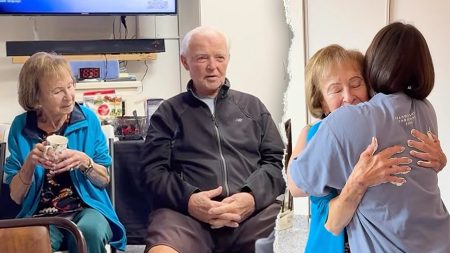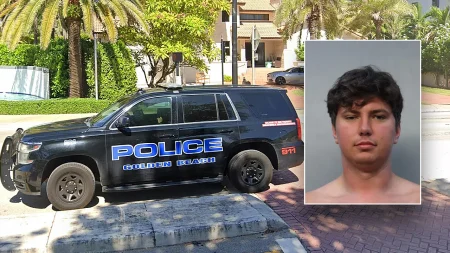A Historic Moment of Unity Between Catholic and Anglican Churches
In a moment that transcended centuries of division, the leaders of the Catholic and Anglican churches recently joined in prayer together, marking the first such occasion in hundreds of years. This profound gesture represented far more than a simple meeting—it was a visible symbol of healing between Christian traditions that have walked separate paths since the 16th century. As the spiritual leaders stood side by side, their shared prayers created a powerful image of reconciliation that resonated with followers worldwide and offered hope for a future of greater Christian unity.
The significance of this historic prayer cannot be overstated, as it bridged a divide that has separated these Christian communities for nearly 500 years. When King Henry VIII broke from Rome in 1534, establishing the Church of England, few could have imagined a day when the successors to both traditions would stand together in worship. Through the centuries, theological differences, political conflicts, and cultural distinctions reinforced this separation. Yet beneath these differences always remained a shared foundation in Christ’s teachings and a common spiritual heritage that never fully disappeared, despite the institutional divisions that kept these churches apart for generations.
This remarkable display of unity didn’t emerge suddenly but represents the culmination of decades of careful dialogue and intentional bridge-building between the two churches. Since the Second Vatican Council in the 1960s, which opened new pathways for ecumenical relationships, Catholic and Anglican leaders have engaged in increasingly meaningful conversations. These discussions have addressed historical grievances, explored theological common ground, and sought ways to honor differences while emphasizing shared Christian values. The journey toward this moment reflects the patient, persistent work of countless individuals committed to healing one of Christianity’s most enduring divisions.
For ordinary believers in both traditions, this joint prayer service carries profound emotional and spiritual significance. Many families have lived with the practical reality of this division for generations—experiencing restrictions on shared communion, navigating interfaith marriages, or feeling the subtle tensions between different expressions of Christianity. The sight of these church leaders praying together offers a powerful witness that transcends doctrinal statements or theological agreements. It speaks directly to the heart of Christian faith: the call to unity, reconciliation, and love that crosses human boundaries. For many faithful members of both communities, this moment represents an answer to prayers that have been offered for centuries.
While this prayer service represents remarkable progress, both church leaders acknowledge that significant differences remain between Catholic and Anglican traditions. Questions about authority, ordination practices, certain theological interpretations, and liturgical expressions continue to present challenges to full communion. However, the willingness to pray together publicly signals a fundamental shift in approach—one that prioritizes relationship over division and seeks to walk together wherever possible while continuing respectful dialogue about remaining differences. This balanced perspective honors both the genuine progress made and the thoughtful integrity with which both traditions approach their distinctive understandings of Christian faith.
As these church leaders departed from their historic prayer service, they left behind not just a symbolic moment but a practical foundation for continued collaboration. This watershed event opens possibilities for joint action on pressing global challenges—from poverty and climate change to religious persecution and human dignity. It offers local parishes new inspiration for community partnerships and shared witness. Most importantly, it provides a powerful reminder that Christianity’s message transcends denominational boundaries and institutional histories. In a world often defined by polarization and conflict, these leaders demonstrated that reconciliation is possible, that ancient wounds can heal, and that faith traditions can honor their distinctive identities while still recognizing the deeper unity that binds them together in Christ.










